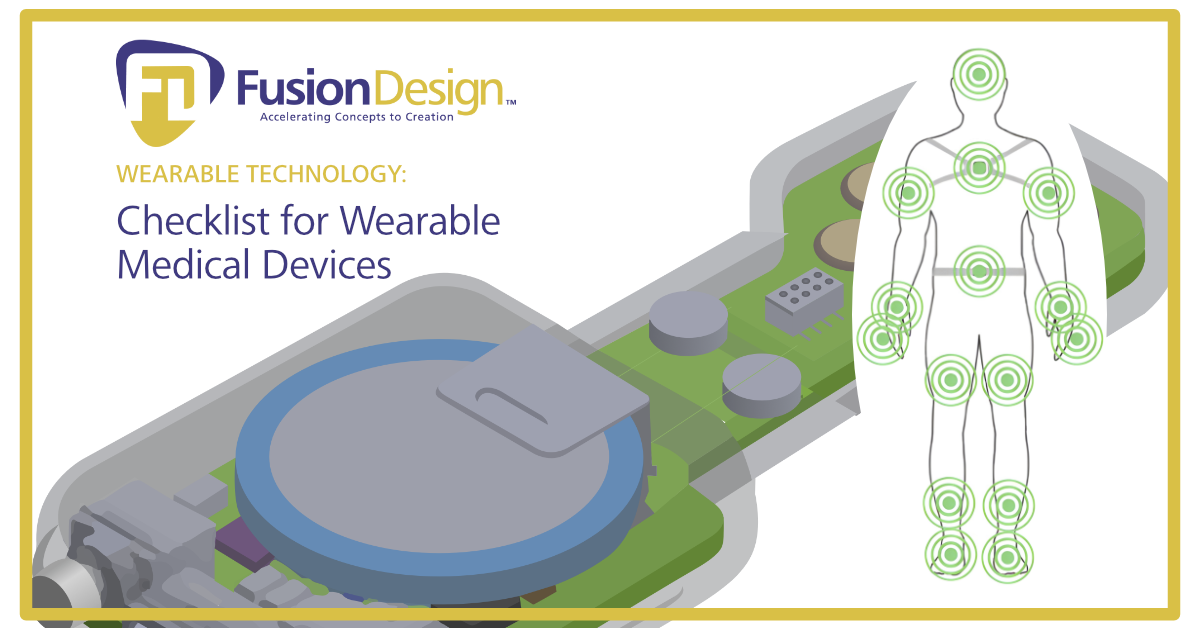Our recent MPO Magazine article, "Best Practices for Designing a User-Friendly and Comfortable Wearable Device." covers the key strategies to help you create wearable devices that prioritize comfort, usability, and performance.
Here is our checklist for designing a user-friendly and comfortable wearable device
Ergonomic Design Principles
Design for different body types
Use adjustable components when needed
Ensure weight distribution and balance
Material Selection
Choose skin-friendly materials
Design for the specific wear requirements
Optimize bonding to stick effectively without pulling on hair or causing discomfort during removal
Consider skin renewal and adhesive durability
Use hypoallergenic materials
Aesthetic and Functional Design
Balance aesthetics with functionality
Optimize customization options for users
Design user-friendly interfaces
Durability and Reliability
Design for water and sweat resistance, if applicable
Optimize battery capacity within size constraints
Consider wireless charging capabilities for convenience
Ensure the device can withstand daily wear and tear
Design for connectivity and compatibility with other devices
Security and Privacy
Ensure user data privacy and security
Implement multiple layers of security, if applicable
Manufacturing and Cost
Consider manufacturability in the design process
Balance features with production costs
Ensure scalability for mass production
Testing and Validation
Conduct thorough real-world testing to identify issues
Perform usability testing with diverse user groups
Validate the material selection, life-time and reliability
Check out the full article which includes some interesting use cases - a glucose monitoring system for extended wear and designing wearable devices for individuals with reduced dexterity and cognitive function.
